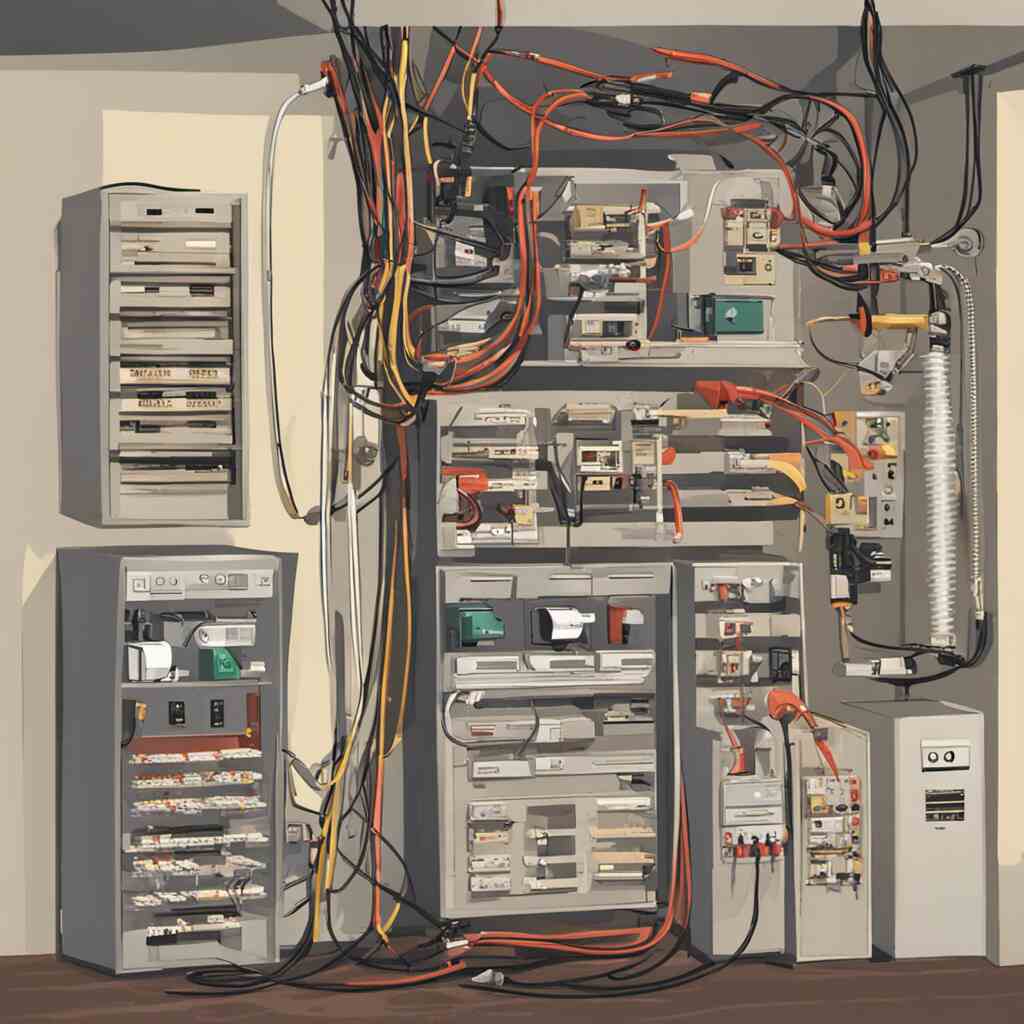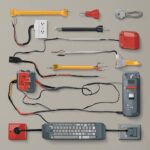
Handling electrical repairs at home can be a daunting task for many homeowners. However, with the right knowledge, tools, and precautions, some electrical repairs can be safely executed by DIY enthusiasts. This article aims to provide homeowners with a comprehensive guide on essential DIY electrical repair tips. By following these tips, homeowners can save money on costly service calls, ensure their electrical systems are safe and functional, and gain a sense of accomplishment.
1. Safety Comes First
Before delving into any electrical repair projects, prioritize safety. Always ensure you have the appropriate protective gear, such as insulated gloves, safety goggles, and non-conductive footwear. Additionally, don’t forget to turn off the power supply to the relevant electrical circuit before beginning any repairs. This can be done by switching off the breaker at the main electrical panel.
2. Identify the Problem
To efficiently troubleshoot electrical issues, it is essential to identify the root cause of the problem. Whether it’s a faulty switch, flickering lights, or an overloaded circuit, understanding the issue will guide your repair efforts. Leverage online resources, such as electrical repair guides or instructional videos, to expand your knowledge about common electrical issues.
3. Tools of the Trade
Investing in a basic set of electrical tools will equip you for various repairs. Some of the essential tools include a voltage tester, wire strippers, pliers, screwdrivers, electrical tape, and a circuit tester. Ensure these tools are of good quality and appropriate for the voltage levels you’ll be dealing with.
4. Familiarize Yourself with Electrical circuits
Understanding your home’s electrical circuits is paramount when engaging in any repair work. Become familiar with your electrical panel layout, circuit breaker functions, and labeling. This knowledge will enable you to isolate specific circuits when needed and ensure your safety during repairs.
5. Handling Outlets and Switches
Damaged or malfunctioning outlets and switches can be addressed by most homeowners. Start by turning off the power supply to the specific circuit before removing the cover plate. Inspect the wiring connections, ensuring they are tight and secure. In the case of a faulty switch, consider replacing it with a new one, ensuring you wire it correctly.
6. Dealing with Circuit Overloads
Frequent tripping of circuit breakers is a sign of overloaded circuits. To address this issue, try redistributing power usage among different circuits throughout your home. Large appliances should have dedicated circuits. Remember, if in doubt, consult with a professional electrician to ensure the safety and integrity of your electrical system.
7. Replacing Light Fixtures
Upgrading or replacing light fixtures is a simple DIY project that allows homeowners to enhance their home’s aesthetics. Before beginning work, switch off the power and test the circuit to be certain it is not live. Follow the fixture’s installation instructions carefully, ensuring proper grounding and wire connections. When uncertain about the process, consulting an electrician may be wise.
8. Addressing Wiring Issues
Homeowners may face wiring issues, such as frayed or damaged wires. In such cases, it’s vital to cut off power to the affected area and replace or repair the damaged wiring. Remember to match wire sizes, colors, and ensure secure connections. If tackling complicated wiring jobs, it’s wise to seek professional assistance.
9. GFCI Outlets and AFCI Breakers
Ground Fault Circuit Interrupter (GFCI) outlets and Arc Fault Circuit Interrupter (AFCI) breakers are essential safety components for electrical circuits. These devices prevent electric shock and fire hazards respectively. Familiarize yourself with their locations and proper testing procedures to ensure their functionality and keep your family safe.
10. Knowing Your Limits
While tackling electrical repairs can save money, it is crucial to know when a project exceeds your capabilities. Some repairs, like those requiring extensive rewiring or working with the main electrical panel, should be left to qualified electricians. Prioritize your safety and consult professionals when necessary.
Conclusion
Adhering to these DIY electrical repair tips, homeowners can confidently undertake various electrical repairs and maintenance tasks. Remember, safety should always be the priority, and knowing your limits is crucial. When faced with complex electrical issues, consulting a qualified electrician is a wise decision. With the right knowledge, tools, and precautions, homeowners can successfully handle many electrical repairs, saving money and ensuring the safety of their homes.







